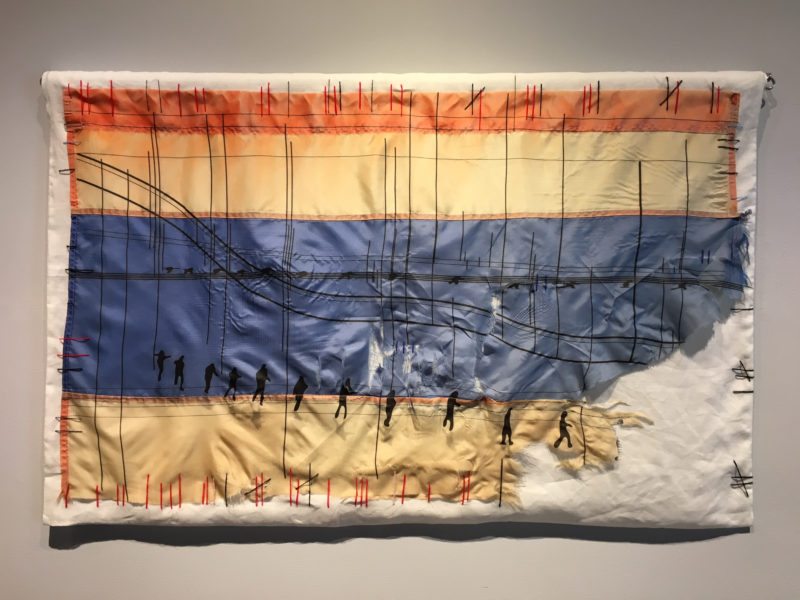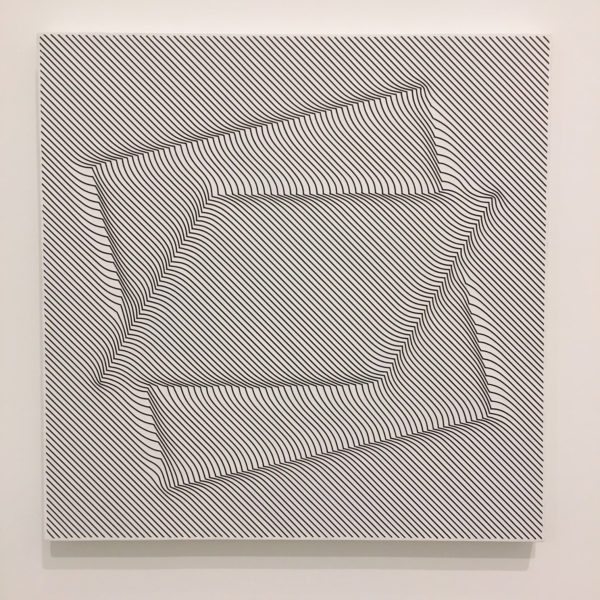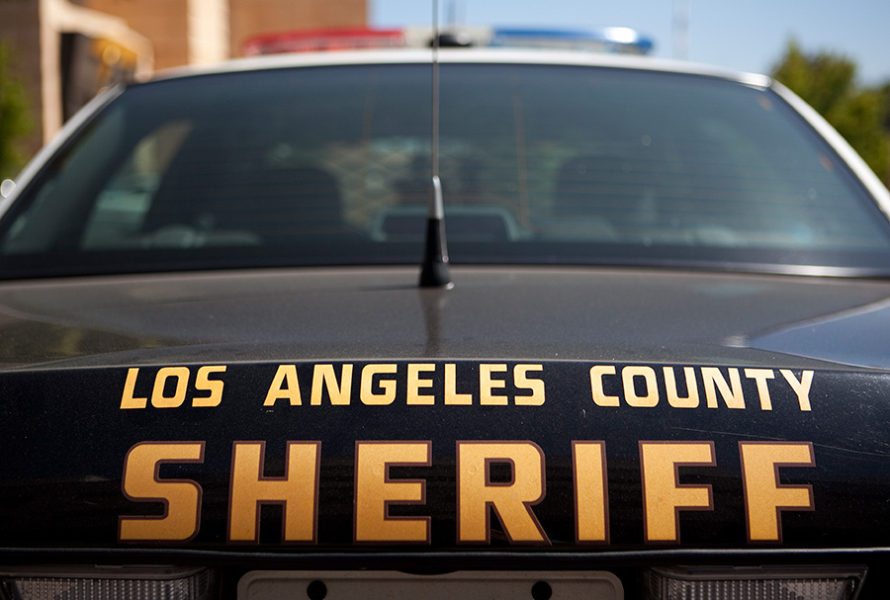By Jeff Davis
The Getty sponsored Pacific Standard Time: LA/LA (“PST”) kicks off this month and runs through January 2018. PST is a far-reaching and ambitious exploration of Latin American and Latino art in dialogue with Los Angeles. More than 80 exhibitions are planned across Southern California, from Santa Barbara to San Diego and LA to Palm Springs. The exhibitions will explore wide-ranging aspects of Latin American arts and culture that reveal new scholarship and scientific discovery.
With so many exhibitions it’s hard to focus on where to visit first; the PST website which will let you choose exhibits by neighborhood or thematic content. One of my favorites is The US-Mexico Border: Place, Imagination and Possibility at the Craft and Folk Art Museum. The 47 artists in the exhibit explore the border as physical reality (place), as a subject (imagination) and as a site for production and solution (possibility). The artists come from various disciplines including: design, architecture, sculpture, painting and photography.
Although the exhibition was conceived before the topic of “building a wall” along the US-Mexico border became the current hot button political topic it has obviously has become extremely relevant today. The works demonstrate the creativity and interconnectedness of the two countries that is in danger of being destroyed by aggressive nationalism, exclusionist policies and racism.
The quality of work throughout the exhibit is incredible, but if I were forced to pick 3 artist that grabbed my attention I’d choose: Ana Serrano, Guillermo Galindo and Eduardo Sarbia. Serrano uses cardboard boxes to create the colorful Cartlandia which mimics the rambling hilltops dwellings found in Tijuana and parts of los Angeles. The sculpture is meant to capture the fleeting and spontaneous nature of the neighborhoods where no structure is permanent and the building designs reflect the beauty and creativity of the urban environments and Chicano culture.

Galindo’s musical instruments are constructed by assembling objects left behind by migrants crossing the U.S.-Mexico border. The instruments are part of his collaboration with photographer Richard Misrach and his images of the border where the items were found. The scores Galindo creates with his musical assemblages echo the sounds of the landscapes from which they were gathered. He gives a voice to the migrants who made the perilous journey in hopes of a better life. Also featured is a water beacon flag with one of the musician’s scores printed on it along with a migration graphic.

Sarbia’s Thin Line Between Love and Hate utilizes beautiful hand-painted ceramic vases to comment on the power dynamics and dysfunction of the US/ Mexico border. The usually benign decorative motifs of the vases are replaced by paintings of marijuana leaves, weapons and other drug imagery. The vases are then set atop generic shipping crates with misleading labels, alluding to illicit smuggling across the border.

Aside from extensive PST related exhibitions there are still a number of vision-altering shows happening across LA. Julian Stanczak: DUO is on exhibit at Diane Rosenstein Gallery through October 21, 2017. Stanczak was a Polish-born American painter and printmaker. Time Magazine coined the term “Op-Art” movement after his first major show in 1964 at the Martha Jackson Gallery in New York. His contemporaries include artists such as: Richard Anuszkiewicz, Carlos Cruz Diez, Bridget Riley, Victor Vasarely and Josef Albers.
Stanzak passed away earlier in the year and his work is getting a lot more attention after the recent Mitchell-Innes & Nash show in NY and this one in LA. The majority of the paintings in this show focus on his latter work from the 1990s and thereafter, although there is a small sampling from the 1970s as well. The group of paintings in this exhibit is less colorful than his earlier period works and focuses more on precision line detail with an added emphasis on curved contours. There are a number of black and while works that are somewhat reminiscent of Bridget Riley’s line paintings from the 1960s, although not as extreme in terms of optical distortion.
“Enclosed Light”, painted in 2008 is a great example of his ability to create a sense of movement using the minimal color and exacting line work. The squares within squares seem to be pushing out of the canvas and struggling to rotate clockwise at the same time. You don’t get the sense of disequilibrium or burred vision that can result from an Anuszkiewicz or Riley painting, however, you can stare at it for hours without getting dizzy.

Photo Gallery Captions:
Cartonlandia, Ana Serrano, cardboard and wood, 2007. Photo by Jeff Davis
Caravan Flag Variation, 2016, Guillermo Galindo, Acrylic on water station beacon flag Photo by Jeff Davis
Thin Line Between Love and Hate, 2000 – 2017, Eduardo Sarabia, Hand-painted white ceramic, enamel paint on pinewood. Photo by Jeff Davis
Enclosed Light, 2008, Julian Stanczak, Acrylic on Canvas, 24” x 24”. Photo by Jeff Davis






